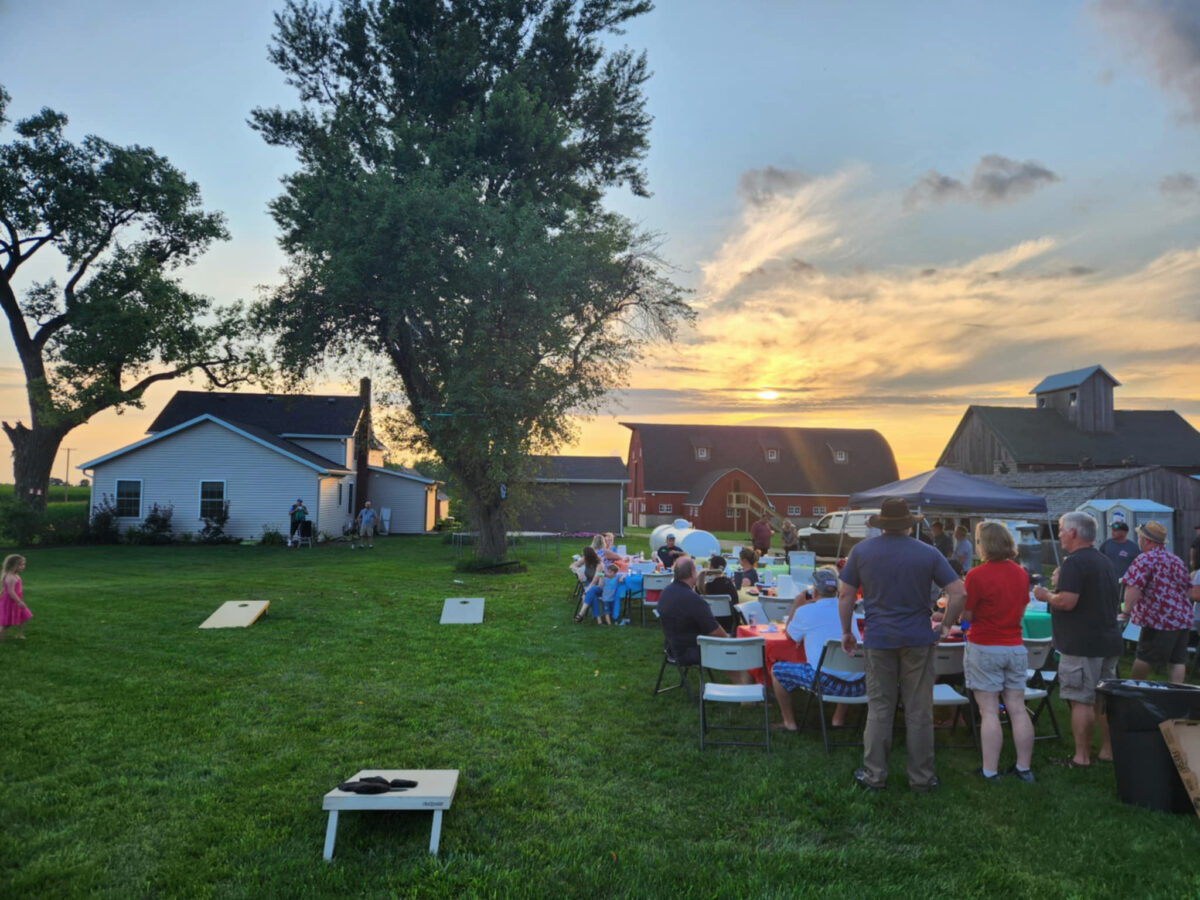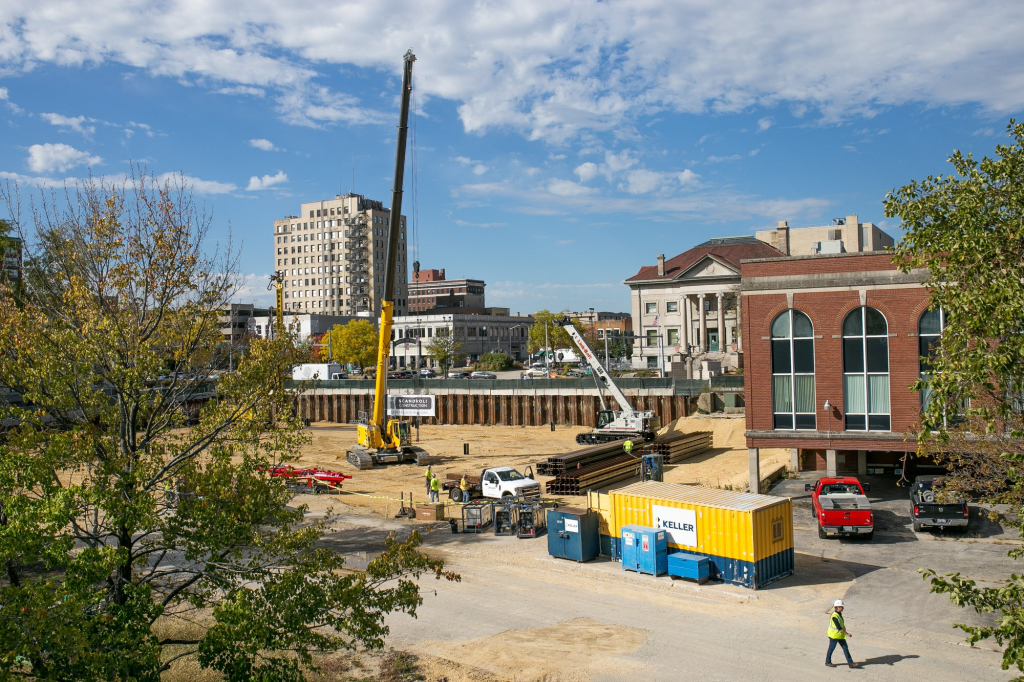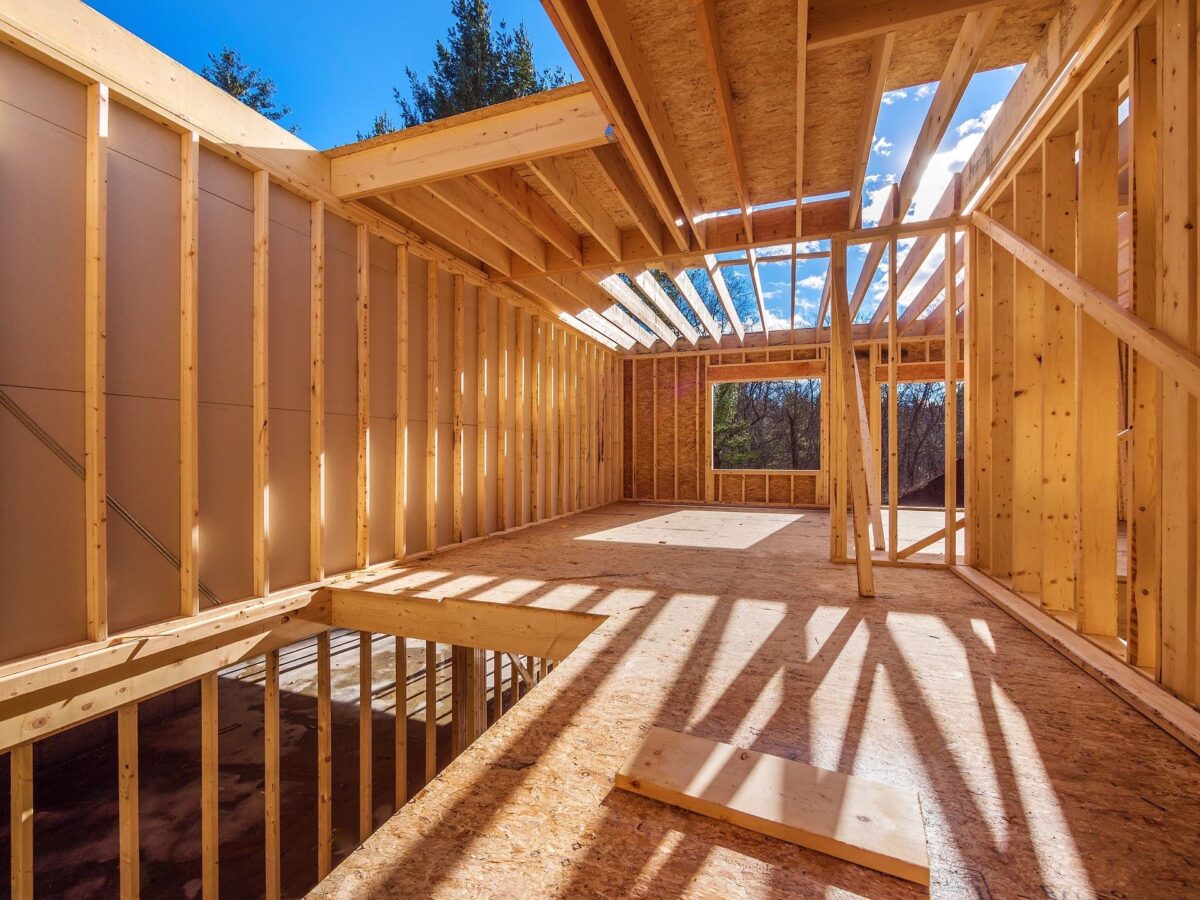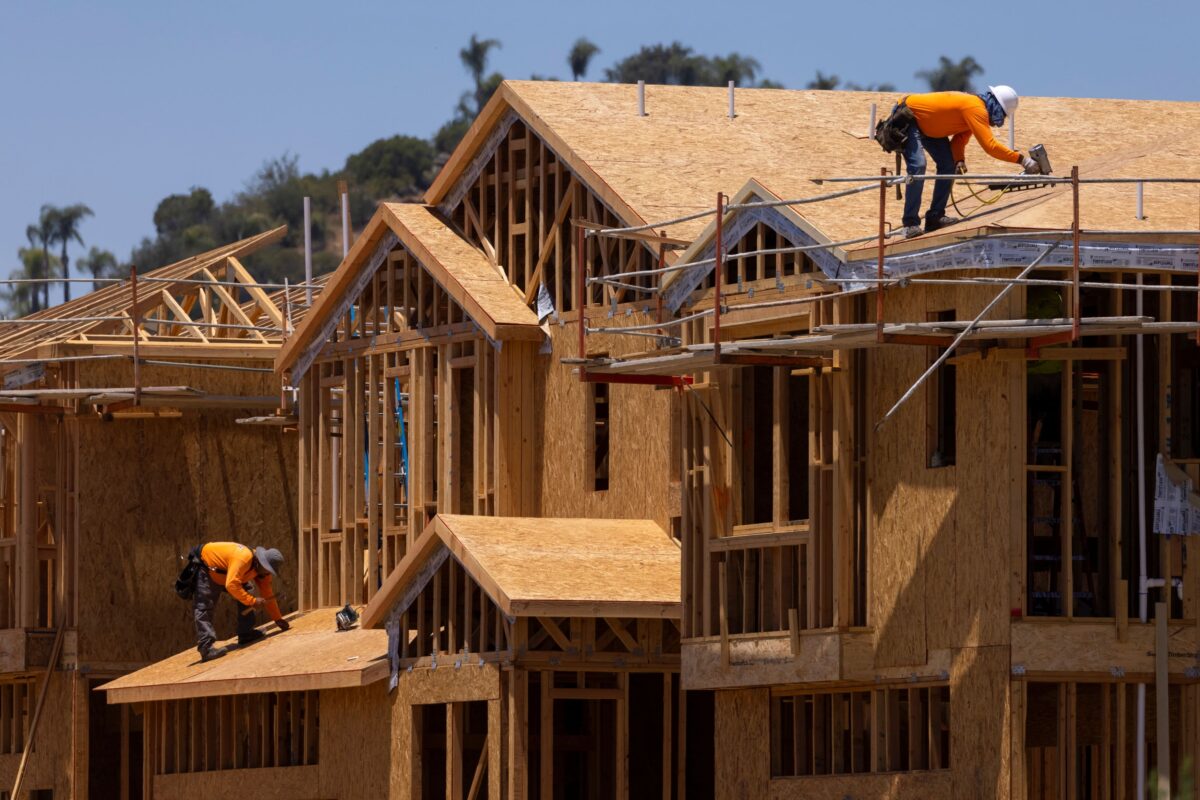July 10 @ 5:30 pm – 8:30 pm
Mark your calendars and bring the whole family for a fun-filled summer evening!
📍 Location: Past President Jay Pitney’s Farm
13603 Edwardsville Rd., Winnebago, IL
☀️ Rain or Shine – We’ve got a big barn ready for indoor fun if needed!
📅 Date: Thursday, July 10, 2025
🕠 Time: 5:30 PM – ??? (Stay as long as the fun lasts!)
🍔 What to Expect:
- Delicious burgers, hot dogs, chips, brownies, and S’mores
- Cold beverages
- Family-friendly contests & games
- Raffles
- A cozy bonfire 🔥
- And so much more!
🎟️ Ticket Info:
- Adults: $25
- Children (6–12): $10
- Children under 5: FREE (Still RSVP for planning & prizes!)
💛 All proceeds support the Rodakowski Scholarship Fund!
🎁 Become a Sponsor!
- Sponsorships are $250 and include one complimentary ticket.
- Sponsors will be recognized in all HBAR eNewsletters through July 11.
Thank you to our current sponsors:
Metro Insulation, New Leaf Homes and Remodeling!
📅 RSVP by July 3 – Help us plan food and fun for everyone!
📬 Submit your reservation form with ticket counts and payment details.
💳 You may pay with a credit card on file or request to be contacted for updated info.
Let’s make this an unforgettable evening while supporting a great cause. We can’t wait to see you there!












